Bombs hail down on Stepanakert, the capital of the Nagorno-Karabakh region. A mother and a child die. Armenia and Azerbaijan once again face each other on the battlefield. Why, though, are the two countries once again at war with each other? Why has there been no lasting peace in the region for almost 30 years? The Nagorno-Karabakh Conflict, explained:
What are Armenia and Azerbaijan fighting over?
The conflict between Armenia and Azerbaijan begins with symbolic politics: At this time the two Caucasus states Armenia and Azerbaijan do not exist. As so-called union republics, they are part of the Soviet Union and enjoy a small degree of autonomy in the Soviet Union superstate. In the republic of Azerbaijan there is a region called Nagorno-Karabakh, which means “Black Garden”. Even though Nagorno-Karabakh belongs to Azerbaijan, it is mainly Armenians who live in this isolated area.
This changed in 1988: the local parliament of Nagorno-Karabakh voted for the region to join the Union Republic of Armenia. Azerbaijan rejected this. Nagorno-Karabakh’s attempt to become part of Armenia caused gigantic demonstrations. Armenia demanded the accession of Nagorno-Karabakh to Armenia.
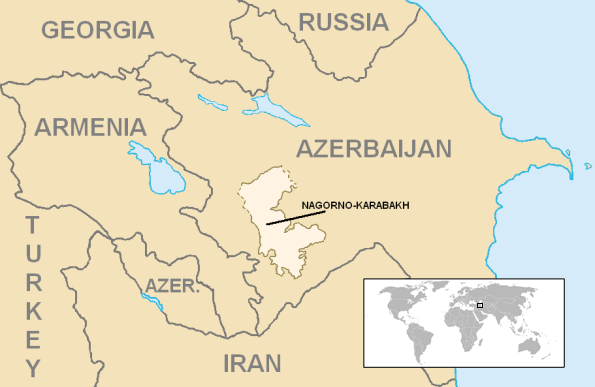
The Nagorno-Karabakh Conflict escalates
It does not take long for the nationalist demonstrations to become violent. During riots in the Nagorno-Karabakh city of Askeran, an Armenian mob kills two Azerbaijanis. Some Azerbaijanis want to take revenge. A pogrom breaks out in the crowded industrial city of Sumgait. Azerbaijanis kill between 30 and 500 Armeniansmembers of the Armenian minority living in the Azerbaijani city. The Soviet government has already lost control at this point: Soviet soldiers intervene far too late. Many Armenians feel reminded by the pogrom of the Armenian genocide in Turkey. The trauma of the genocide still runs deeply within the Armenian population. The fear of new violence against Armenians reinforces the demonstrations.
From friends to enemies
Armenia starts to expel Azerbaijanis from their country. Azerbaijan does the same shortly afterwards with Armenians living in Azerbaijan. At this time Armenia and Azerbaijan are actually closely connected: Armenians and Azerbaijanis are friends, spouses and work colleagues. A large number of Armenians live in Azerbaijan, a large number of Azerbaijanis live in Armenia. In the course of the conflict, all Armenians from Azerbaijan and all Azerbaijanis from Armenia are expelled. In the conflict zone Nagorno-Karabakh itself, whole villages are divided into Armenians and Azerbaijanis. Marriages and friendships fall apart in the conflict.
Nagorno-Karabakh declares independence
1991 the Soviet Union falls apart. In the now independent Azerbaijan, a war rages over Nagorno-Karabakh. The Armenians living in Nagorno-Karabakh fight against the army of Azerbaijan. Nagorno-Karabakh also declared independence in 1991: Armenians living in Nagorno-Karabakh see themselves as an independent republic close to Armenia. For the Azerbaijanis living in Nagorno-Karabakh, however, Nagorno-Karabakh is still a part of Azerbaijan.
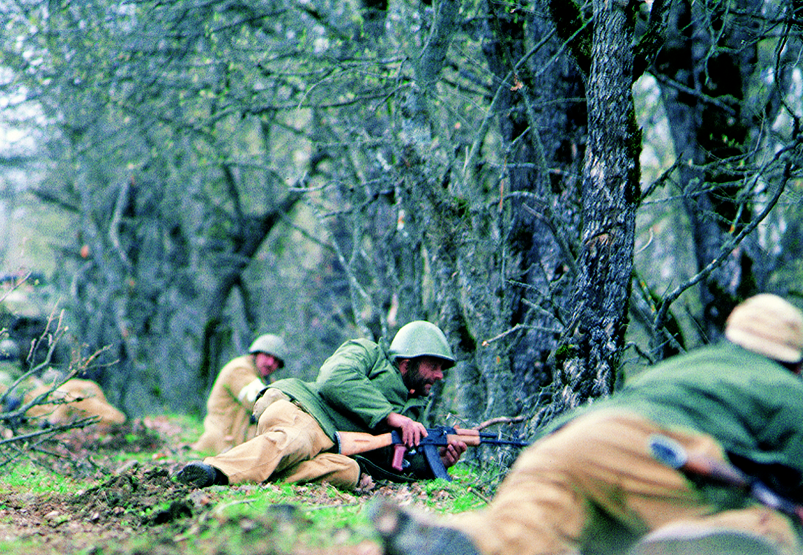
During the first years of its independence, Azerbaijan itself is dominated by political instability; there have been several coup attempts. At the same time, a nationalist government quickly came to power in the now independent Armenia.
What is absurd is that Soviet soldiers are fighting on both sides of the conflict. With the collapse of the Soviet Union there was no more payment. Many soldiers can only feed themselves by serving as mercenaries or by simply selling their weapons or armor. In order to be able to afford these black market weapons, Turkey supports Azerbaijan, while Armenia gets help from Russia.
An open war breaks out
In 1992, an open war breaks out. Armenia intervenes on the side of the Karabakh Armenians and push the Azerbaijanis further and further. The fighting in the snowy Caucasus mountains is brutal, many soldiers freeze to death. Refugees and body bags of fallen soldiers return to Azerbaijan. The number of deaths on the Azerbaijani side is almost four times higher than that of the Armenians. For Azerbaijan, the conflict is increasingly becoming a national trauma.
No place for peace
As a result, Azerbaijan does not recognize Nagorno-Karabakh’s position as a quasi-independent state. Armenian and Azerbaijani soldiers face each other on the border between Nagorno-Karabakh. Incidents occur again and again. Soldiers continue to die, despite the ceasefire. Even worse is the fact that there has been no trading between the two countries. The economies of both countries are stagnating.
All attempts to negotiate a sustainable peace fail. The reason for this is mainly that both countries have nationalist governments that rely on the Nagorno-Karabakh conflict as an election issue. For the political leaders of both countries, peace in Nagorno-Karabakh might easily have cost them re-election.
The roles of Russia and Turkey, explained
In Armenia, the era of nationalist-authoritarian leaders ends in 2018, with the “Velvet Revolution” bringing a liberal and EU-friendly leader, Nikol Pashinyan, to power. This means that the relationship between Armenia and Russia cools down. Russia was originally Armenia’s biggest ally. Despite the change, Russian soldiers are still in Armenia.
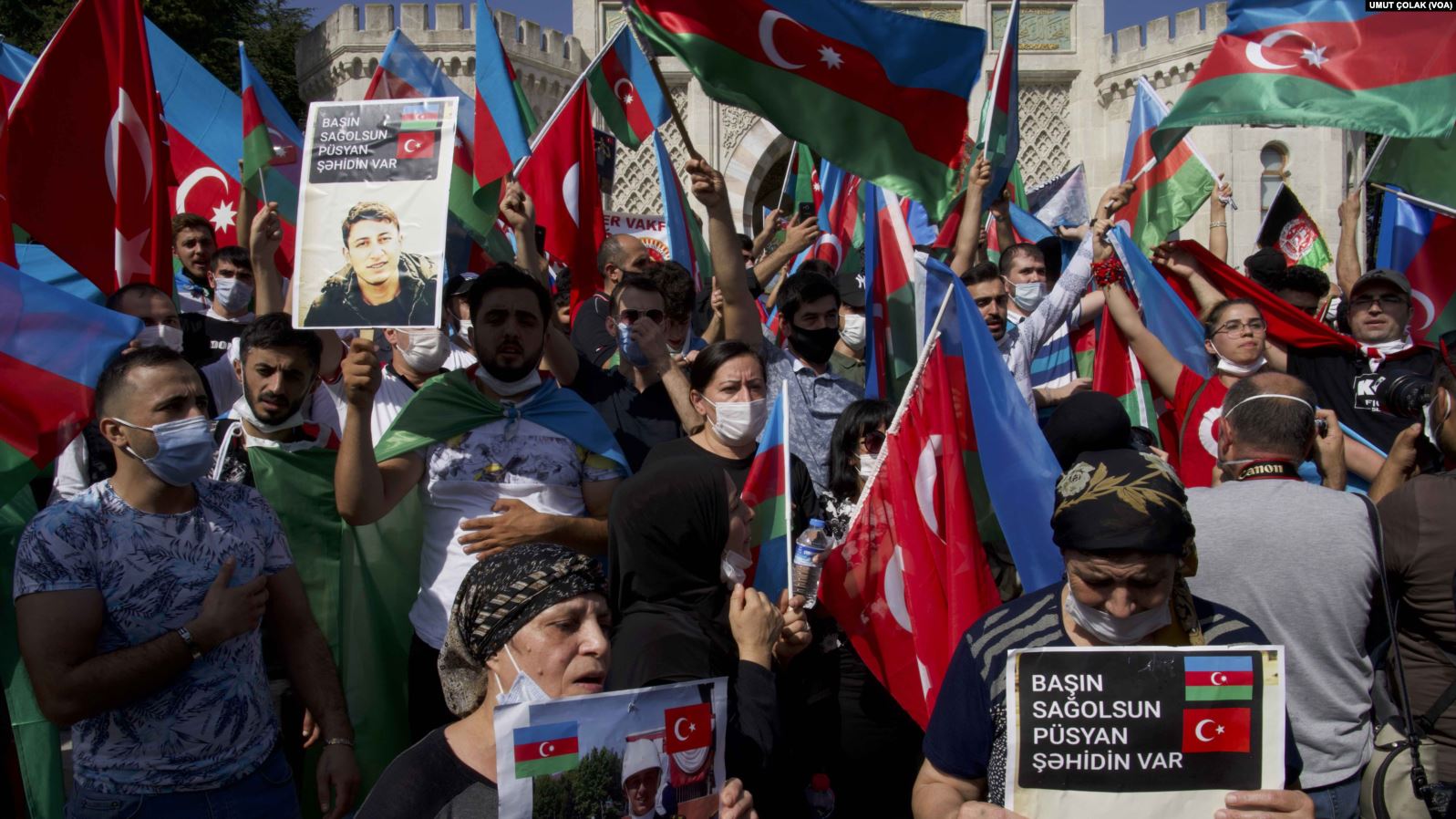
The relationship between Azerbaijan and Turkey, however, has become more important. The two nations connect through their common ethnicity; both Turks and Azerbaijanis are part of the Turkic people. In Azerbaijan, there is still a nationalist-authoritarian ruler, Ilham Aliyev, in power. Aliyev, who inherited the position from his father, is using his country’s oil and gas resources to upgrade the military. Azerbaijan still hopes to regain the territory of Nagorno-Karabakh, which they lost in 1994. Since the failed attempt to join the EU, Turkey’s foreign politics have become increasingly aggressive Erdogan, who is leading a coalition of Islamic conservatives and ultra-nationalists, wants to achieve supremacy for his country within the Muslim world. Turkish soldiers are currently fighting Kurdish guerrillas in northern Iraq, while Turkey currently deploys Islamist mercenaries in northern Syria and Libya.
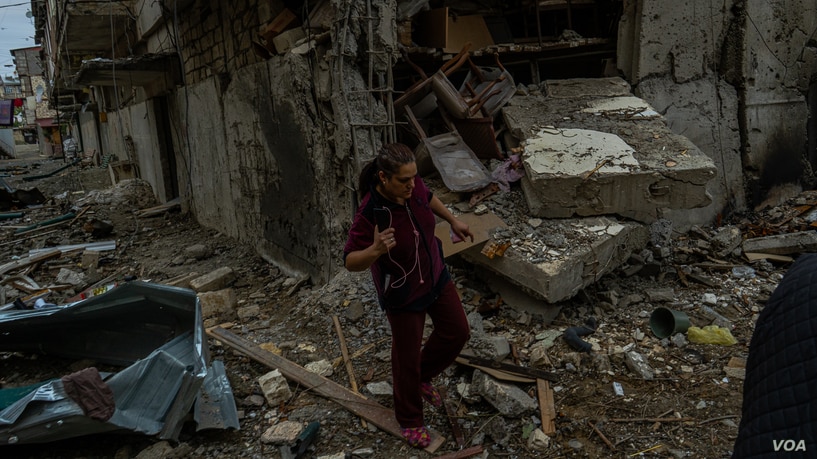
The Nagorno-Karabakh Conflict today
Currently these Islamist mercenaries, between 700 and 4,000, are being sent to Nagorno-Karabakh. For a long time the situation of Nagorno-Karabakh was a frozen conflict, a conflict unresolved but with a relative ceasefire. Now the crisis has flared up again, and the conflict parties are arguing about how exactly: Armenia speaks of the Azerbaijani army having started bombing Nagorno-Karabakh on Sunday morning. Azerbaijan and Turkey, on the other hand, speak of an Armenian aggression. In any case, the restless peace has officially ended.
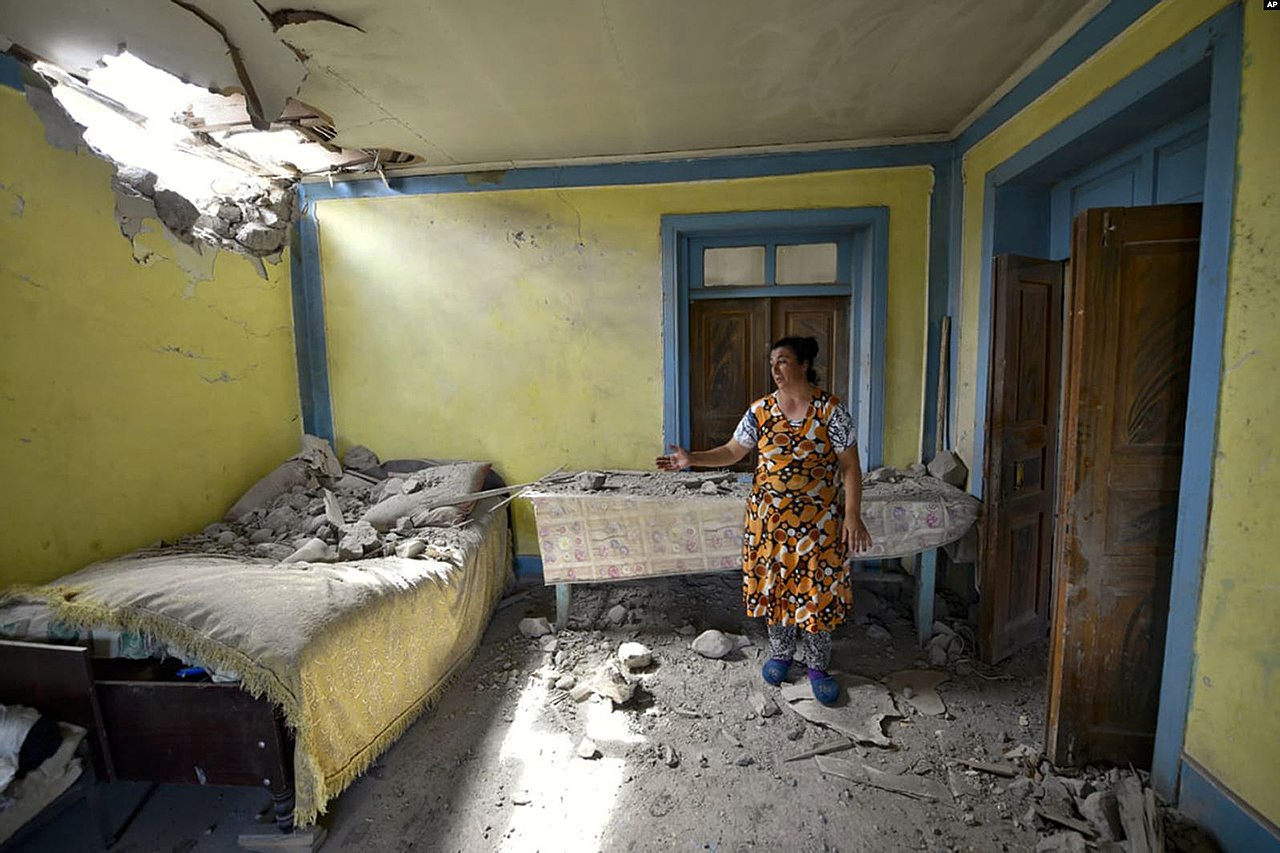
Meanwhile, fights rage on: seven villages in Nagorno-Karabakh have already been conquered by the Azerbaijani army. The EU and Russia demanded an immediate end to the fighting, Iran offered to mediate. Armenia and Nagorno-Karabakh called for the mobilization of the male population: The men have to fight against the Azerbaijanis as soldiers. Armenia and Azerbaijan are now under martial law. The Azerbaijani ruler Aliyev speaks of being able to take over the whole region of Nagorno-Karabakh. “We are ready for this war”, answers the Armenian head of state Nikol Pashinyan. The situation threatens to escalate into an open war.
Featured Image Source: Wikimedia Commons, Julian Nyča CC BY-SA 3.0
